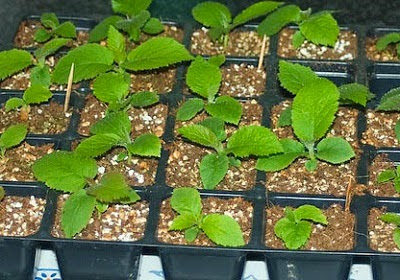 |
| How to get rid of dandelions in lawns |
For many gardeners a decent quality lawn is a badge of honour, so the existence of any obvious weed species can be considered a black mark against anyone who covets their horticultural reputation. One of the most pernicious of all lawn weeds is the dandelion - Taraxacum officinale. A native to the continental landmass of both Europe and Asia, it is a common lawn pest in Europe and north America, and has become naturalized throughout North America, southern Africa, South America, New Zealand, Australia, and India.
 |
| How to get rid of dandelions in lawns |
The reason why the dandelion is so successful as a lawn weed is its ability to grow (mostly) below the cutting height of lawn mowers. In addition it has a long, effective and robust tap root which will snap off easily when carelessly dug out. Any remaining root left in the soil will branch out to the surface and quickly power new foliage growth.
As interesting as all of this is, it is the removal of dandelions that is the main concern of gardeners, and there are several methods of employment.
Just be aware that on mature specimens that have been allowed to mature for a few years can have roots as deep as 2-3 ft!. In this instance a selective, broad-leaved weed killer is your best method of control.
Digging out the entire plant
The easiest way to spot a dandelion is when it comes into flower, but act fast and remove the plant before it goes to seed. Do not just 'dig it out', instead remove a large plug of soil around the plant going down as deep as you go. Once the moved, split open the plug and remove the plant in its entirety. Reform the plug of soil and place it back into the ground before watering in. This is my preferred, tried and tested method, although it is a little labour intensive.
 |
| How to get rid of dandelions in lawns |
Dandelions require direct sunlight to grow and establish, and there are two methods of control that take advantage of this. The first is to give up any passions you have for a finely cut lawn and instead allow the grass to grow to a minimum height of 2-5 inches and effective shading out the dandelions below. The second is to cover the dandelions with a disc of cardboard or black plastic. Secure in place to prevent it from blowing away and eventually the dandelion below will perish.
Chemical control
Perhaps the most widely used method of control is the application of selective lawn weedkillers. These can be either a specific broad-leaved plant weed killer applied as a spray or as a granule included in a lawn fertilizer. Never use a regular weed killer on a lawn as the lawn will also perish where contact is made.
Risks and warnings!
Be aware that there are plenty of other methods of getting rid of dandelions being promoted. For example, pouring boiling water or strong vinegar on them, sending out the chickens, and using weed torches to burn them are just a few. While these methods will indeed eventually kill of your dandelions they will also kill of the surrounding turf. Chickens loose in the garden? Only if you are keen to have your flowering borders destroyed in the process!
For related articles click onto the following links:
HAS ARTIFICIAL GRASS FINALLY COME OF AGE?
HOW TO GET RID OF BIRD'S FOOT TREFOIL IN LAWNS
HOW TO GET RID OF BROWN PATCHES IN YOUR LAWN
HOW TO GET RID OF CLOVER IN LAWNS
HOW TO GET RID OF DANDELIONS IN LAWNS
LAWN MOWERS MAKETH THE LAWN
WHY SCARIFY A LAWN





















.jpg)


.jpg)












